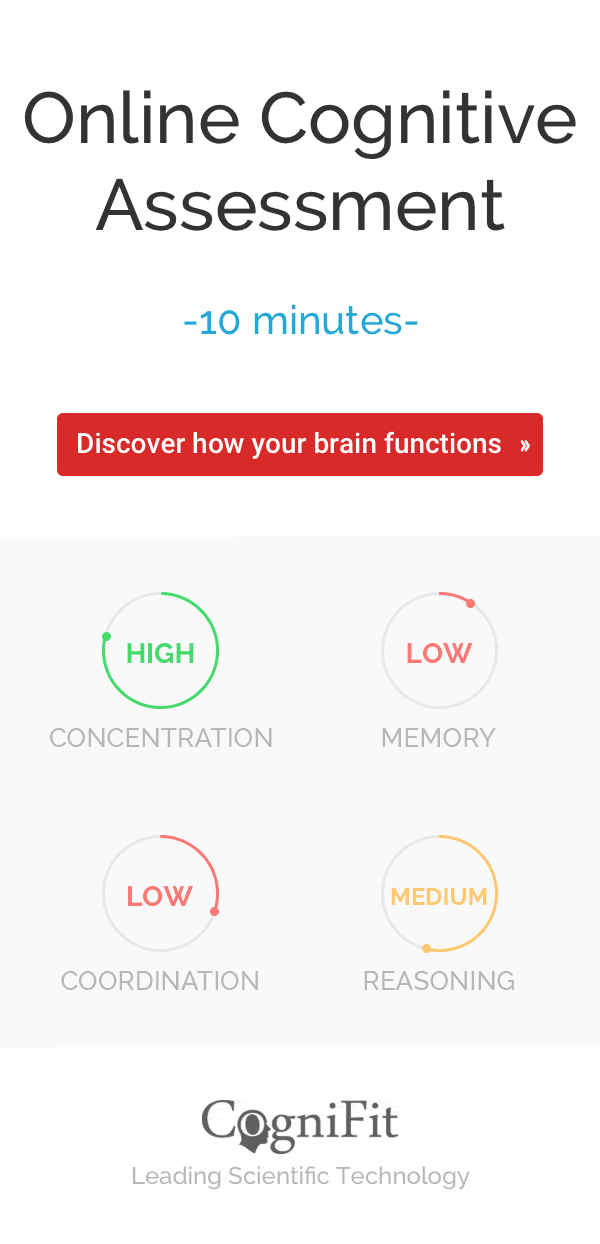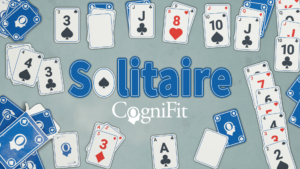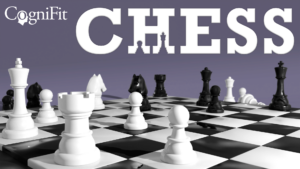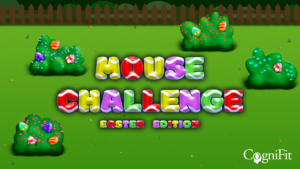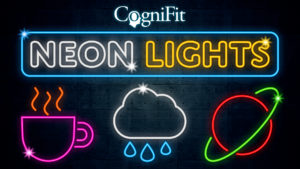
Study Debunks “Digital Dementia”: Older Adults Using Tech Show 58% Lower Cognitive Risk
Using digital technology may help keep the mind sharp in old age. A new study shows that older adults who regularly engage with devices like smartphones, messaging apps, or online tools have a significantly lower risk of cognitive decline — by as much as 58%. These findings challenge the popular “digital dementia” narrative and point instead to the potential benefits of technology for healthy aging. Digital engagement is often linked to mentally active routines, stronger social connections, and greater day-to-day independence in later life.

What Is the “Digital Dementia” Hypothesis?
The term “digital dementia” was first popularized in the early 2010s by German neuroscientist Dr. Manfred Spitzer. It describes a theoretical decline in cognitive abilities — particularly memory, attention, and critical thinking — as a result of prolonged and passive use of digital devices. According to this hypothesis, outsourcing everyday mental tasks to smartphones, GPS, or digital assistants could lead to underuse of the brain’s natural capabilities, potentially accelerating cognitive decline, especially in young people and older adults.
The idea gained traction in media and public discourse, fueled by growing concerns about screen addiction, reduced attention spans, and the increasing reliance on technology for daily tasks. Common phrases like “brain rot” and “brain drain” became part of the cultural narrative, often without solid scientific backing.
In older adults, digital technology was once seen as a potential cognitive burden — something too complex or overwhelming, possibly leading to confusion or frustration. Yet emerging evidence paints a very different picture. Rather than harming the brain, digital engagement may offer meaningful mental stimulation, encourage learning, and provide tools that support memory and independence.
Far from being a threat, the use of technology in later life is now increasingly viewed as a valuable resource for maintaining cognitive vitality — enhancing attention, flexibility, and problem-solving through everyday interactions with evolving digital tools.
Inside the Research: How the Study Was Conducted
Who Did the Study and Where It Was Published?
As Neuroscience News reports, the study titled A Meta-Analysis of Technology Use and Cognitive Aging was authored by Dr. Jared F. Benge (Dell Medical School, University of Texas at Austin, USA) and Dr. Michael K. Scullin (Baylor University, USA). It was published in Nature Human Behavior and represents the most comprehensive investigation to date on this topic (https://doi.org/10.1038/s41562-025-02159-9).
Methodology and Sample
Researchers conducted a meta-analysis and systematic review of 136 studies, of which 57 were eligible for statistical meta-analysis. These studies collectively included 411,430 adults with an average age of 68.7 years and 53.5% female representation. The studies ranged from 1 to 18 years in duration, with an average follow-up period of 6.2 years.
All studies examined the relationship between general digital technology use (such as smartphones, email, and digital tools) and cognitive outcomes — either through diagnosed dementia or measured decline in cognitive function.
The analysis adjusted for a wide range of factors, including age, gender, socioeconomic status, education level, initial cognitive ability, social support, and engagement in other mentally stimulating activities such as reading.
What’s New About This Study?
This research stands out in several ways:
- Scale: It covers the largest sample size to date on this topic, with over 400,000 participants
- Control for Bias: The study controlled for confounding variables that many earlier studies overlooked
- Long-Term Data: It included data from studies ranging from 1 to 18 years of follow-up
- Technological Reserve Theory: It introduces the concept that tech use may strengthen cognitive reserve over time
Key Findings with Real-Life Examples
1. Tech Use Correlates with a 58% Lower Risk of Cognitive Impairment
Older adults who regularly use digital tools are statistically far less likely to show signs of memory loss or cognitive decline.
Example: A retiree using a smartphone to manage medications and appointments showed stronger memory scores than peers without digital habits.
2. Technology Use Stimulates Problem-Solving and Mental Flexibility
Navigating software updates, troubleshooting Wi-Fi issues, or learning a new app requires adaptation and focus, acting as brain training.
Example: A 72-year-old learning to use Zoom for family calls demonstrated improved executive functioning in follow-up assessments.
3. Digital Tools Promote Social Engagement, Reducing Isolation
Video calls, messaging apps, and social platforms help older adults stay connected — a key factor in protecting cognitive health.
Example: Grandparents using WhatsApp to talk with grandkids had higher emotional well-being and scored better in memory tests.
4. Technology Supports Everyday Tasks as Memory Changes
Devices offering reminders, GPS directions, or voice assistants serve as supportive tools for those experiencing early signs of memory issues.
Example: An older adult who sometimes forgets appointments began using a smartphone calendar with alerts. With simple reminders for medications, grocery lists, and errands, they were able to manage daily tasks more confidently and avoid relying on others for routine help.
5. The Benefits Persist Across Demographics
These effects were consistent regardless of income, education, gender, or health.
Example: In rural and low-income areas, even minimal tech use like checking weather apps was linked to better attention and recall scores.
Digital Tools May Help Support Memory, Focus, and Problem-Solving in Aging Adults
Cognitive risks refer broadly to difficulties or disruptions in core mental functions — such as memory, attention, language, spatial orientation, and reasoning. These abilities often change with age, but everyday activities, including how we use technology, may influence how those changes develop over time.
According to the study, digital engagement is frequently associated with tasks that involve learning, adapting, and processing information. Older adults who use technology may find themselves navigating unfamiliar interfaces, updating apps, or solving technical issues — all of which can involve concentration, mental flexibility, and strategic thinking.
The researchers noted that many of these activities require problem-solving, which engages executive functions like planning and decision-making. For example, figuring out how to use a new video call app, adjusting phone settings, or managing digital calendars demands active thinking and persistence — especially for those not raised with digital devices.
Even when these tasks feel frustrating, they still reflect cognitive effort. Over time, regularly facing such challenges may help support or maintain important mental functions like attention and adaptability.
In addition to everyday digital activity, some tools are specifically designed to train cognitive skills later in life. For example, the cognitive training by CogniFit for people aged 65 and older includes science-based exercises intended to help train memory, attention, and reasoning through personalized digital tasks tailored to the needs of older adults.
While more research is needed to understand the full impact of different types of technology use, the current evidence points to a meaningful connection between digital engagement and mentally active aging.
Why This Research Could Change How We View Technology and Aging
The study’s findings offer a new perspective on the role of digital tools in later life — not as sources of cognitive decline, but as potential allies in promoting mental activity, connection, and independence.
From a scientific standpoint, this large-scale meta-analysis provides strong evidence that challenges a common fear: that frequent use of digital devices might weaken brain function. Instead, researchers found consistent links between digital engagement and better cognitive outcomes — across different studies, age groups, and social backgrounds. This shifts the conversation from risk to possibility.
In medicine and public health, these insights could help shape new strategies for healthy aging. Rather than discouraging older adults from using technology, healthcare providers may increasingly recommend it as a way to stay mentally active, organized, and connected. Apps for reminders, digital calendars, GPS navigation, or brain training may not only offer practical support — they may also help older users engage attention, memory, and daily problem-solving.
For education and community programs, the findings support the value of digital literacy initiatives aimed at seniors. Teaching older adults how to use messaging apps, search engines, or video conferencing software is no longer just a question of convenience — it may be one way to encourage cognitive engagement in daily life.
At the societal level, the study also challenges ageist assumptions that older generations can’t or shouldn’t interact with new technologies. With the right support, digital inclusion could become a key factor in preserving not only mental sharpness but also autonomy and social well-being in aging populations.
In short, this research highlights a growing need to reframe how we think about screen time in later life. Digital tools are not a cognitive threat — they’re an opportunity.
Final Takeaway: Digital Habits May Influence How We Age Mentally
The new research suggests that regular use of digital tools — from smartphones to online services — may be more than a matter of convenience for older adults. In many cases, these habits involve attention, organization, communication, and learning — all of which are connected to everyday thinking skills.
Rather than framing technology as a risk to mental clarity, the findings highlight its potential to offer daily cognitive stimulation. Tasks like navigating an unfamiliar app, setting up video calls, or using reminders may encourage focus, adaptability, and digital confidence — especially for those who did not grow up with these tools.
Digital activity is not presented as a replacement for medical care or therapy, but it may be one of several ways people can stay mentally engaged in later life. Whether it’s exploring new tools, staying in touch with family online, or managing schedules through a device, these small routines could help make the aging process more interactive and connected.
In short, the study reframes the role of technology: not as something to avoid, but as something that — when used with purpose — may influence how actively and independently people experience their later years.













